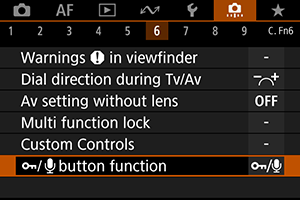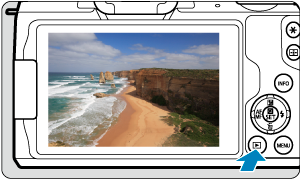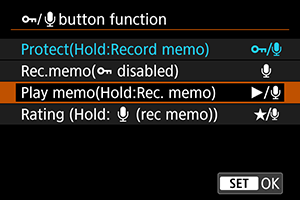

Features depend in part on the intended audience: plus, more features = higher cost amd heavier camera.ĭual card slots were first introduced onto the 1D-series professional range, initially to overcome capacity issues. Why don’t all cameras have two card slots?Ĭanon offers different feature sets across its range of interchangeable lens cameras. However, you need a good stock of media cards and time on your hands to manage the file duplication successfully. On the plus side, it gives reassurance if you're concerned that a card might fail. This option records whatever file formats you've selected to both cards, giving you two identical copies of each file, if you then download both cards. One downside with this is that you have two cards to download if you intend to keep everything you shoot. This is useful if, for example, you normally shoot JPEG, but like to have a RAW file just in case. To set which format records to each card, go to the Q screen, then select each card in turn, choosing the preferred file format.

This allows you to record the RAW files on one card and the JPEG files on the other. if you are shooting both RAW and JPEG and have two cards fitted. This option is only relevant if you shoot more than one file format, i.e. Separately (Not available on EOS-1D Mark II/N or 1Ds Mark II) In the days when the cards were a lot smaller this was useful today with 64GB and 128GB cards available it is rare to fill the main card up. If that card becomes full it will seamlessly switch to using the other card. When this setting is active the camera will record and play back to the nominated card, so long as there is space on the card.



 0 kommentar(er)
0 kommentar(er)
